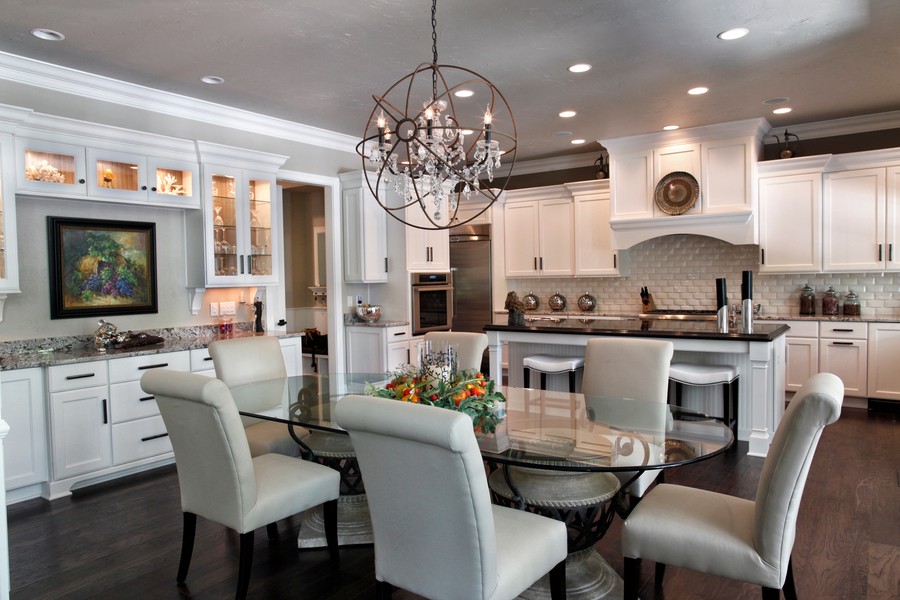The term “green” evokes many things today – from global warming to solar energy. There is a big movement today in preserving the natural world, and even the small things matter. So how do you do your part in saving our precious resources, and also saving your own? While recycling and purchasing electric cars can help, installing a home energy management system can make a huge difference. Here are seven ways you can save energy, and money in your pocketbook, using a smart home in Lake Norman or Charlotte North Carolina.
1. Install Dimmers
According to Lutron, installing dimmers in your house can save you up to 20 percent on energy alone. Your smart home system can automatically dim the lights at specific times of day when the sun is brightest, or certain sequences like a romantic dinner. Keep touch pads on the wall so you can manually adjust lighting levels at any moment. Control4 reports that simply lowering your lighting setting by 10 percent can save enough energy to reduce up to 850 pounds of carbon dioxide each year—the equivalent of not driving a car for an entire month.
2. Use Motion Sensors
Have you ever forgotten to turn off the lights when you left the house? Install motion sensors and you don’t even have to check every room as you walk out the door. Every time a room is empty, the system will turn the lights off for you.
3. Add a Smart Thermostat
We’re sure you have heard of the smart thermostat, Nest. Whether you have one or need to add a smart thermostat in your home, this is one of the biggest opportunities to save a lot of energy. Air conditioning and central heat account for 25 to 40 percent of energy usage in the home. Having access to your thermostat on your mobile device makes it easier for you to set temperatures at strategic points throughout the day. It can also go on autopilot to adjust the temperature all on its own, and if you have Nest, it will learn your habits and remember them.
4. Coordinate Lights with Motorized Shades
Both smart lights and shades will make a difference in saving energy, but coordinate them together and you’ll save even more! Imagine your motorized shades going up at noon to let the sunlight in and the lights turning off at the same time when you don’t need them. As the sun sets, the lights will dim to 50% and the shades will come down to protect your privacy. Daylight sensors can be added as well to detect the presence of natural light and adjust artificial light accordingly.








